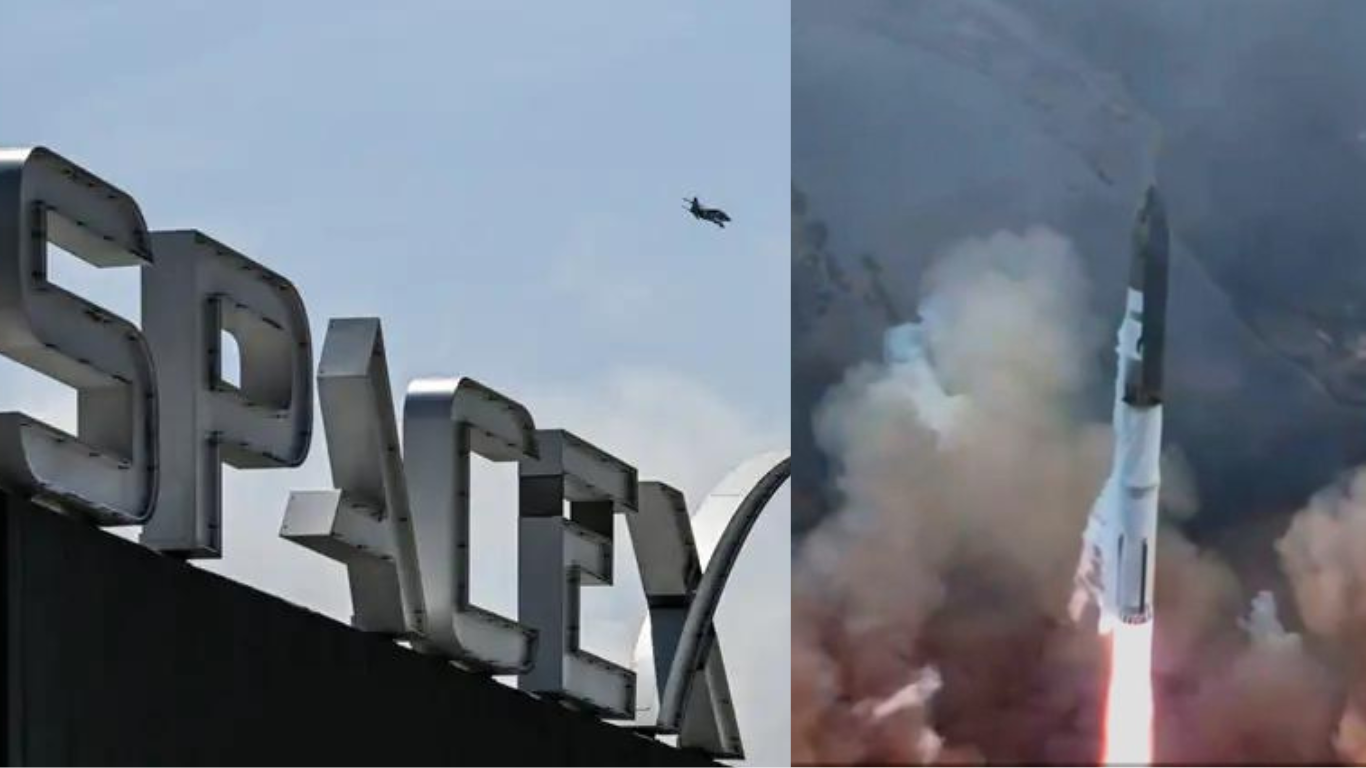SpaceX’s Starship Test Flight: A Major Milestone
SpaceX's Starship highly anticipated test flight of its next-generation mega-rocket, Starship, took off on Thursday morning from the company's Starbase facility in Boca Chica, Texas.
The launch, marking the rocket's third and most ambitious test, aimed to demonstrate new technologies crucial for future moon missions and beyond, coinciding with the 22nd anniversary of SpaceX's founding.
SpaceX's Starship notches major milestones in flight test, breaks up above Indian Ocean in final moments https://t.co/2hCsyPBYPR
— CNBC (@CNBC) March 14, 2024
Source: Twitter/CNBC
Unexpected Setback: Starship’s Unplanned Splashdown
The mission initially showed promising progress as Starship successfully reached orbit and completed its maiden re-entry into Earth's atmosphere over 40 minutes later.
However, data revealed an unexpected turn of events during the spacecraft's return to Earth, as it fell short of the anticipated splashdown in the Indian Ocean.
FAA Investigation and Company Response
Following the conclusion of the test flight, the Federal Aviation Administration (FAA) announced an investigation into the incident, labeling it as a "mishap" involving both the Starship vehicle and its first-stage booster, Super Heavy. While there were no reports of injuries or property damage to the public, the FAA is overseeing SpaceX's mishap investigation to ensure compliance with regulatory requirements.
Despite the setback, SpaceX described the day as "remarkable." The company had adjusted the liftoff time, but the launch proceeded smoothly until Super Heavy failed to execute a final burn during its descent, resulting in a hard splashdown in the Gulf of Mexico.
Challenges and Objectives
In addition to this setback, SpaceX had aimed to demonstrate various processes and capabilities during the flight, including opening and closing the payload door and transferring propellant between Starship's tanks while in orbit. However, post-flight data analysis is required to determine if these objectives were achieved.
SpaceX had also planned to test-fire one of Starship's Raptor engines while in space, but this step was ultimately skipped. Many of the techniques tested during the flight are crucial for future missions, including satellite deployments and preparations for moon missions under NASA's Artemis program.
Looking Ahead: Future Plans for Starship
Despite the challenges, SpaceX emphasized that achieving these objectives would contribute to the development of Starship as a fully reusable system. While the long-term goal is to create a fully reusable system, it was not the primary focus of this test flight.
Starship has been selected by NASA for its Artemis III mission, which aims to transport astronauts to the lunar surface, potentially launching in 2026.
Previous Starship test flights have encountered setbacks, with the inaugural flight ending in failure and the second achieving milestones but losing contact shortly afterward.
Read more such news on techinsighttoday
Thank you so much for reading.

